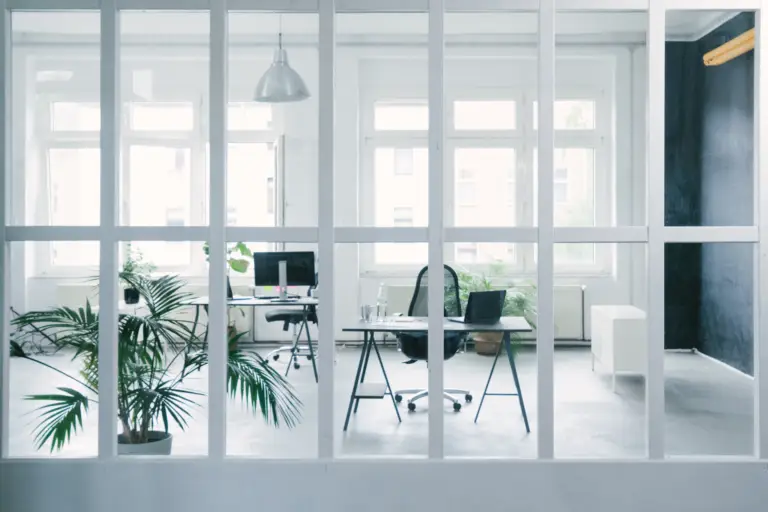As a business owner or office manager, you understand the importance of creating a productive and efficient workplace. One way to achieve this is through a tenant improvement project that can help you tailor your office space to your business needs. But what are the must-have features for your office tenant improvement project? Here are 10 features that can help take your workspace to the next level:
Adequate Lighting
Proper lighting is essential for any workspace, and an office tenant improvement project is an opportunity to ensure that your workspace is adequately lit. Consider installing LED lights or daylight sensors to help reduce energy costs while providing an optimal level of lighting for your employees.
Soundproofing
Noise can be a major distraction in any workplace, and soundproofing can help minimize unwanted noise. Consider adding sound-absorbing panels, acoustic ceilings, or even double-paned windows to reduce external noise and create a more peaceful work environment.
Ergonomic Furniture
Your employees spend a significant amount of time at their desks, and investing in ergonomic furniture can help reduce strain and improve their health and well-being. Consider investing in adjustable desks, ergonomic chairs, and footrests to help prevent back pain, eye strain, and other health issues.
Air Quality
Poor air quality can have a significant impact on employee health and productivity. Consider installing air purifiers, improving ventilation, and using non-toxic cleaning products to help ensure that your workspace has healthy air quality.
Technology Upgrades
As technology continues to evolve, it’s important to keep your office up-to-date. Consider upgrading your technology infrastructure, including internet connectivity, security systems, and communication tools, to improve efficiency and collaboration.
Green Features
Sustainability is an important consideration for any business. Consider incorporating green features into your tenant improvement project, such as low-flow toilets, energy-efficient lighting, and recycling stations to help reduce your carbon footprint.
Privacy Features
Privacy is essential for any workplace, and there are a variety of ways to incorporate privacy features into your tenant improvement project. Consider adding privacy partitions, sound masking systems, or even phone booths to help employees concentrate and work uninterrupted.
Collaborative Spaces
Collaboration is essential for many businesses, and creating collaborative spaces can help encourage teamwork and innovation. Consider incorporating conference rooms, open workspaces, and even outdoor spaces into your tenant improvement project to help facilitate collaboration.
Break Areas
Employees need breaks throughout the day to recharge and refocus, and incorporating break areas into your tenant improvement project can help support this need. Consider creating a kitchenette, lounge area, or outdoor space where employees can relax and take a break from work.
Storage Solutions
Storage is essential for any workplace, and incorporating storage solutions into your tenant improvement project can help improve organization and efficiency. Consider adding cabinets, shelving, or even mobile storage solutions to help employees keep their workspace organized.
In conclusion, a tenant improvement project can help transform your workspace into a productive, efficient, and comfortable environment for your employees. By incorporating these 10 must-have features, you can create a workspace that supports employee health and well-being, fosters collaboration and innovation, and improves overall productivity.
For a free consultation including free conceptual floor plans please give us a call at (858) 269-9235 or click HERE to complete our Contact Us form.




